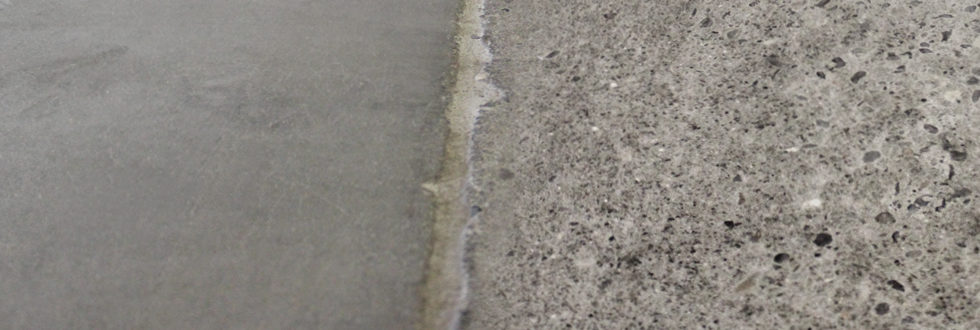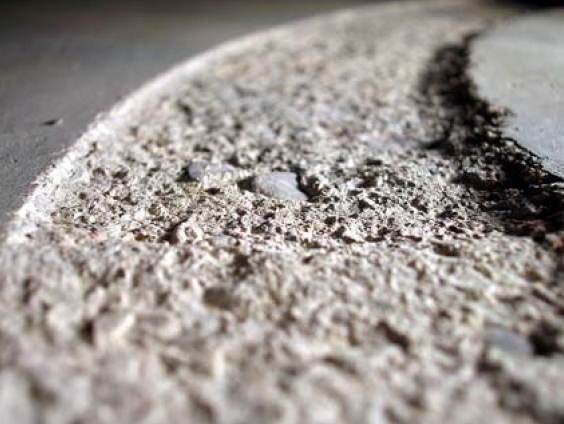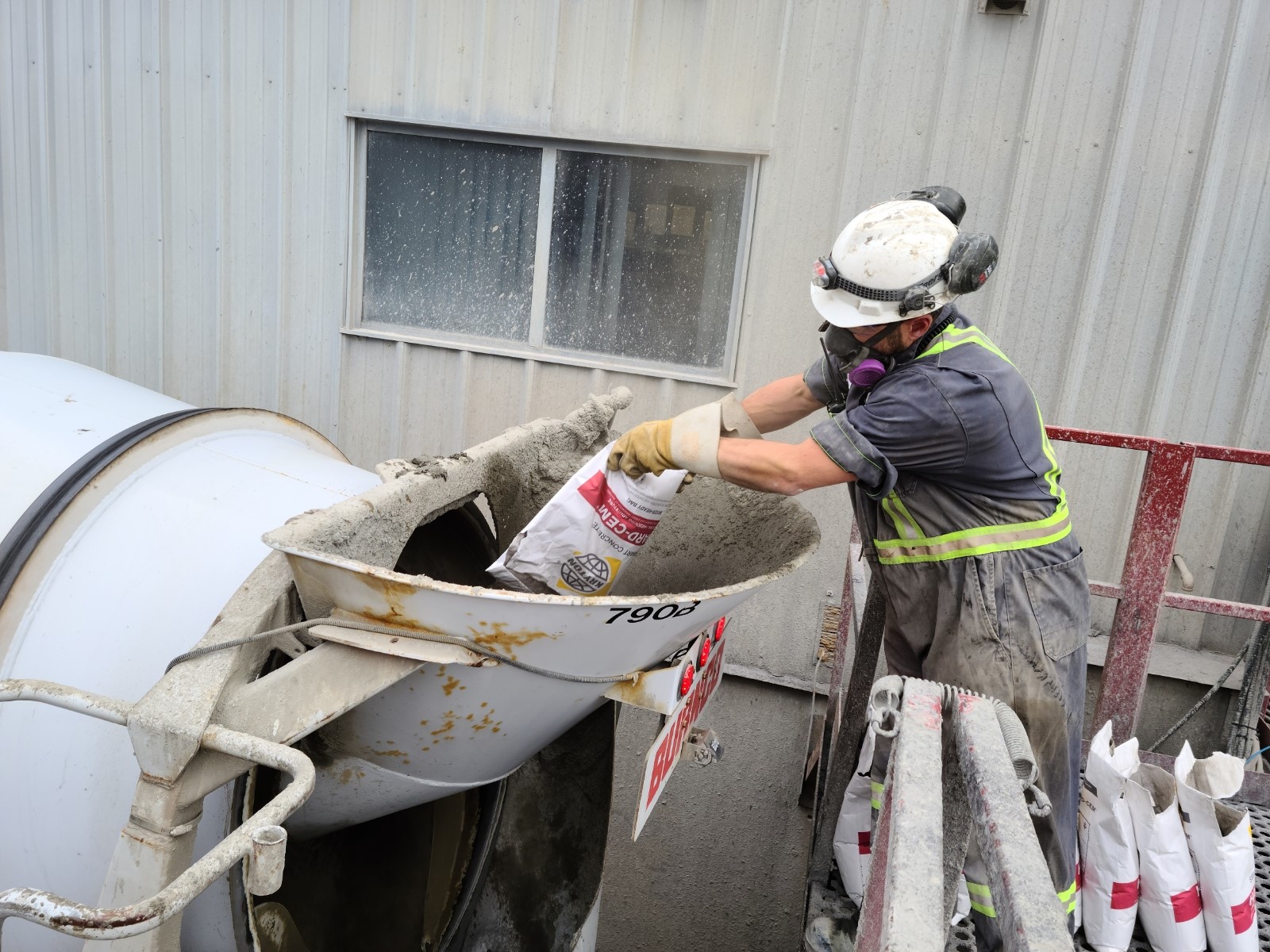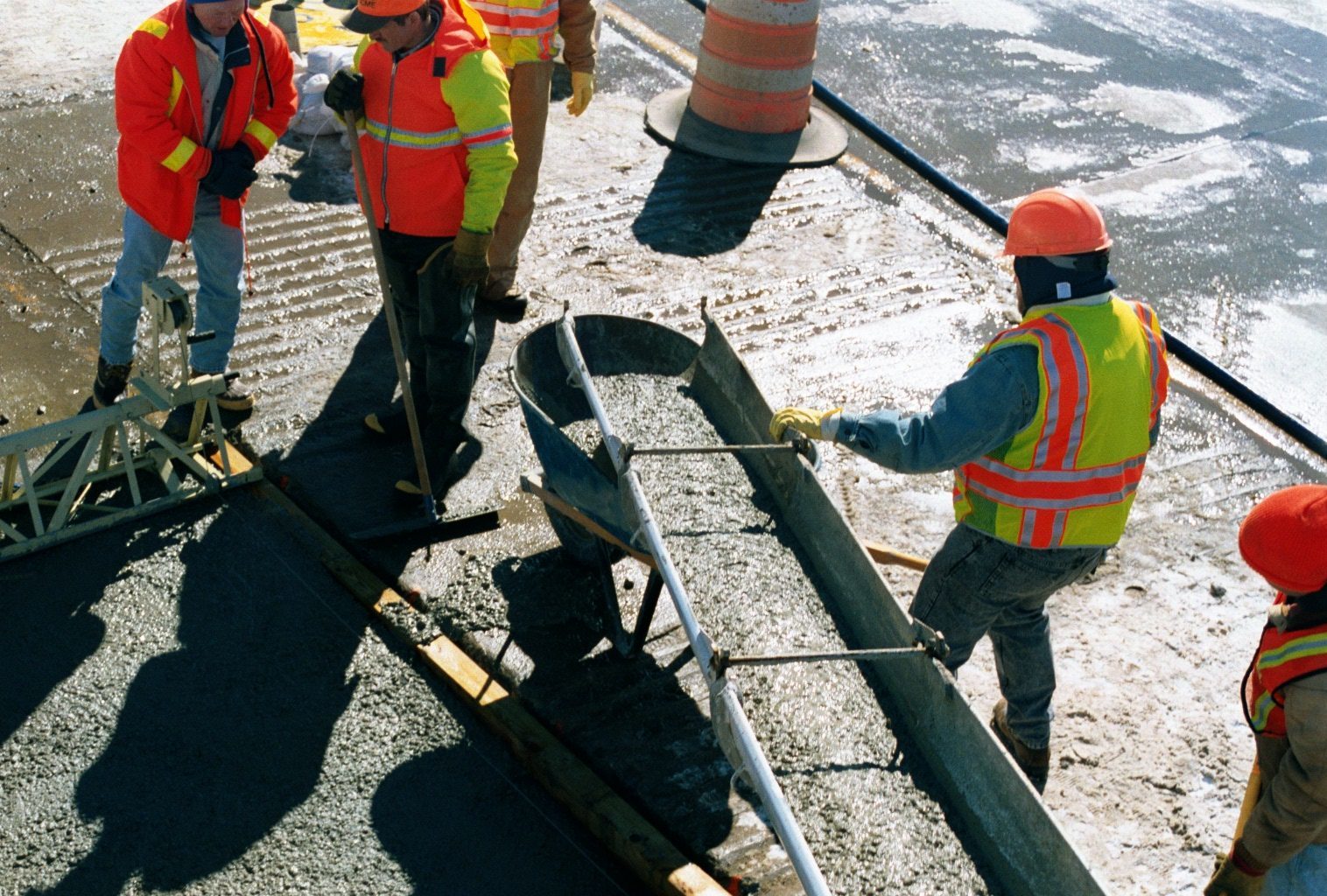When you think of concrete, it’s likely not long before you’re thinking about its durability. It’s one of the more well-known advantages of the material. And it’s why many choose to use concrete in construction. After all, no one wants to build with a material that couldn’t withstand the outside elements. So we turn to that concrete durability, relying on it enough to make concrete one of the most consumed materials on the planet, second only to water.
But concrete isn’t invulnerable. Depending on its mix, you could have a maintenance liability on your hands. Luckily, there is a way to avoid that. All it takes is being aware of how you can convert your concrete slab from a maintenance liability to an asset.
Keep in Mind That Slabs Can Be Prone to Wear and Tear
The first step in the right direction is to remind yourself that while durable, concrete slabs can still be prone to wear and tear.
It’s why you look for concrete hardening products. They’re meant to add an extra layer of protection to the concrete’s surface, sheltering it from abrasive and erosive forces that might otherwise degrade the concrete.
You can probably think of quite a few culprits responsible for this wear and tear. But as a refresher, let’s look into the specific types of abrasion and erosion you’re likely protecting your concrete from.
A Number of Abrasive Forces Can Cause This
As noted in our latest e-book (which you can download and check out for yourself here), there are three specific types of abrasion-only wear:
- Sliding abrasion — Also known as two-body abrasion, it’s what happens when a hard object slides across concrete. As it moves, the hard object will begin to gradually bore into the concrete, removing a bit of its surface each time. So if you have skids or some other item with a hard material moving back and forth over your concrete frequently, you’ll start to notice a rut in its surface.
- Foreign particle abrasion — For any concrete projects that deal with vehicles, you’re sure to come across foreign particle abrasion. That’s because as the vehicles travel over the concrete, hard particles get trapped between the vehicle tires and concrete surface, and that wears down both materials simultaneously.
- Rolling abrasion — A common sight in industrial spaces, rolling abrasion is what happens when wheels under a heavy load roll over a concrete surface. These wheels might come from carts, forklifts, or other wheeled equipment. But whichever one it is, over time, their movement over the concrete surface wears that surface out and creates noticeable dips in the concrete.
Erosive Forces Can Also Cause Similar Damage
One of the more common types of erosive wear is actually a combination of abrasion and erosion. And it’s often seen in hydraulic projects.
Why?
Well, these projects are typically ones that are surrounded by fast-moving water, such as dams and spillways. So they are more likely to encounter the abrasive effect of debris in the water grinding against their concrete surfaces. This debris might come in the form of silt, sand, gravel, rocks, or even ice. And while it’s roughing up the surface of the concrete, the surrounding water rushing by is gradually causing the concrete to erode.
That Can Open the Door to Various Costly Risks
If either abrasion or erosion starts to seriously affect your concrete to the point that you can see the damage, it can create a safety hazard, disrupt operations, and increase maintenance costs.
For Floor Slabs, That Can Involve an Increased Danger of Slipping, Tripping, and Falling
All those dips and ruts in concrete flooring caused by abrasive wear? They can pose a threat to your team’s personal safety.
While for a time, you might be able to work around the uneven flooring, you or someone else on your team is inevitably going to slip, trip, or fall. In fact, it’d be close to a statistical anomaly if you didn’t! Slips, trips, and falls make up a third of lost-workday injuries according to the Centers for Disease Control and Prevention. And as EHS Today notes, the primary cause for more than half of these injuries is due to an issue with a walking surface. So you can imagine the risk you take with keeping that uneven floor!
The cost of not implementing preventative measures for this kind of risk for businesses in the United States of America (USA) alone is about $70 billion a year overall in compensation and medical fees for workers.
For Road Slabs, That Means Traffic Accidents
Similar to how uneven flooring can pose a risk to people walking over it, uneven roads can be a risk to those driving.
Initially, that unevenness might be a slight difference in road surface from all that foreign particle abrasion. But eventually, that slight dip might lead to potholes or a fully uneven road. It also increases tire wear, making the vehicles on the road less efficient and safe to use.
All of which increases the risk for roadway accidents. Potholes on their own cause around $3 billion in vehicular repairs annually in the USA. And in Canada, each year, the cost for drivers as a whole is increasing by that same amount because of increased vehicular repairs and maintenance and general vehicular damage due to poorly maintained roads.
Hazards like potholes pose an even greater risk for those on motorcycles and bikes.
Those on motorcycles, according to the Motorcycle Safety Foundation, may crash when encountering potholes. That can be a significant concern as motorcycle incidents have a 29% higher fatality risk than ones that occur with automobiles and light trucks.
For cyclists, they can end up with permanent nerve damage. But that’s not the worst-case scenario. Much like those on motorcycles, cyclists have a higher fatality rate when it comes to crashing. For instance, since 2007, in Britain, potholes alone have killed at least 22 cyclists and seriously injured another 368.
The Potential Damage Doesn’t Stop There Either
Of course, worker injuries and vehicular damage aren’t the only costs to consider when facing abrasion and erosion damage. You also have productivity, equipment, and structural loss to worry about.
For instance, workers operating forklifts on an uneven surface are likely to drive more slowly to avoid tipping over, reducing worksite productivity. And if they don’t? You’ll likely be paying to repair or replace that forklift and any items it happened to be carrying.
Using fully automated equipment won’t do much to overcome this obstacle on its own either as an uneven surface can prevent it from operating properly.
And what about structures? With enough abrasion and erosion, owners will have to close down for repairs and replace large sections of concrete structures, from floors all the way to hydro dams. All of which is extremely costly to any business and doesn’t endear owners to the concrete they used.
But Your Concrete Slab Doesn’t Have to Be a Maintenance Liability
You just need an effective concrete hardening solution.
Your first thought might be to use conventional surface-applied concrete hardeners like dry shake hardeners or liquid hardeners. However, those come with a number of setbacks.
Dry shake hardeners, for one, come with a complex application process. It’s not a one-and-done deal. Instead, a worksite team has to prepare the worksite first. That means removing excess concrete and preparing the remaining concrete. Then, depending on your chosen hardener’s material, you may have to take an extra step and use a wood bull float and then a machine float. After that, the team can finally move on to actually applying the dry shake hardener, which will cover a couple millimeters of the concrete’s surface.
However, even that part isn’t without complications. Dry shake hardeners can only be applied during a specific time and type of weather. Pick the wrong time and you can end up with delaminated concrete or an inability to even apply the dry shake.
At the same time, this hardener makes use of a toxic material known as silica dust, which means a worksite team needs to meet the proper safety measures to keep workers safe and comply with legal restrictions.
On the other hand, while not as frustrating to apply or as hazardous as dry shake hardeners, liquid hardeners are often misrepresented. They were first sold as dust reducers to help with defective concrete slabs that had a dusty surface. But now, they’re expected to harden concrete, which they do very poorly.
(For more reasons and data on why these aren’t effective solutions and more, take a look at our e-book on the topic!)
So, what can you use instead?
Apply Hard-Cem® to Increase Your Concrete Slab’s Resistance to Wear and Tear
Unlike any other concrete hardener on the market, Hard-Cem is an integral hardener. That means it applies its hardening properties throughout a concrete mix to form one solid abrasion- and erosion-resistant material. Essentially, it’s an admixture that you add into the concrete mix during batching. At that time, the admixture will permeate the entirety of the mix, giving it a harder concrete paste and reducing fine and coarse aggregate exposure. It does all this to help the concrete effectively resist abrasion and erosion.
Your Concrete Slab Will Gain Many Other Benefits as Well
More specifically, when using Hard-Cem, you’ll double the wear life of your concrete. Because it does last that long and can resist abrasion and erosion, Hard-Cem-treated concrete comes with fewer maintenance fees. So you won’t need to resurface or replace your concrete as often. And you won’t need to use as much cement. That can increase your savings on carbon emissions by as much as 40%!
In some cases, this has even helped construction teams earn LEED certifications.
All you need to do to get these advantages is to throw the admixture and its dissoluble bag into the concrete mix during batching. There are no extra application steps, toxic silica dust, or inefficiencies to worry about. So you don’t have to spend money or time on hiring extra labor or managing application errors. Hard-Cem does all the heavy lifting, giving your mix the thorough durability it needs as soon as it’s added.
Hard-Cem also offers incredible versatility. It can work for a variety of projects and help harden horizontal, vertical, and inclined concrete. And it is the only hardener capable of being used for air-entrained concrete.
In short, it increases your concrete’s durability, speeds up your construction, reduces application costs, provides universal compatibility for different concrete mixes, and makes it all more sustainable.
It Just Takes the Right Concrete Mix Ingredients
With Hard-Cem added into your concrete mix, your concrete slabs will be an asset to your project. They’ll need less maintenance over the years, help you reduce your carbon emissions, and most importantly, keep abrasion and erosion at bay to keep your concrete structures standing for as long as possible.








